Exercise: What’s Safe During Pregnancy?
There are countless articles about “the best” exercises during pregnancy, but in reality, every woman’s exercise routine during pregnancy will look different.
Two things to consider before starting exercise during pregnancy are:
what your exercise routine looked like prior to pregnancy
if you have any complications with your current or previous pregnancies.
Fit Mom, Healthy Baby: The Surprising Benefits of Safe Pregnancy Exercise
Exercise has been shown to have no adverse effects on labor or delivery. There can be benefits for both mom and baby with regular exercise. Here are just a few benefits of exercise during pregnancy:
Decreased risk of going past term
Decreased musculoskeletal complaints (such as back pain)
Improve ability to deal with pain
Improve mood, self-esteem
Shortened hospital stay
Prevent maternal/fetal disease
Reduce the risk of preterm delivery
Stay Active and Healthy During Pregnancy with These Exercise Guidelines
The American College of Obstetricians and Gynecologists recommends 30 minutes or more of moderate exercise at least 3 days per week. If prior to your pregnancy you did little to no exercise, now is not the time to start training for a marathon or start heavy weight lifting. However, if you run longer distances prior to pregnancy, you are safe to continue running as long as you listen to your body.
Options for modes of exercise can include: walking, swimming, jogging, bicycling, elliptical, yoga, exercise videos, Pilates, or other exercise classes. (Here are classes that we offer at Revitalize Physical Therapy). Be sure if you are attending an exercise class to notify the instructor prior to class so they can assist you in modifying exercises as appropriate. Attending specific classes with a trained prenatal instructor or a physical therapist will be the safest option.
The Beginner's Guide to Safe and Effective Pregnancy Workouts
If you are starting a new exercise routine, just start simple! Start with taking a 10-15 minute walk a few days per week. After each walk, you take, see how your body feels. You should not experience dizziness, lightheadedness, feeling faint, severe shortness of breath, contractions, bleeding, sudden onset of headache, or persistent pain. If you don't have any of these symptoms, you are good to keep going. You may even notice more energy after your first walk! Over the next few weeks, you can gradually increase the intensity and time spent exercising. If you would like specific exercise training for pregnancy, can help! Or, to know how to prep your body for delivery and beyond, contact us for your FREE physical therapy consultation.
Disclaimer: If you have any of the following you should check with your healthcare provider prior to starting a new exercise routine: preterm labor, high blood pressure during pregnancy, incompetent cervix, placenta previa, or uncontrolled diabetes or cardiovascular disorders.

